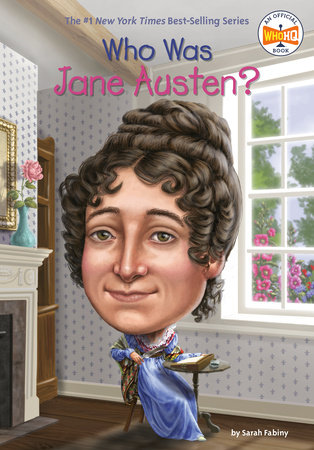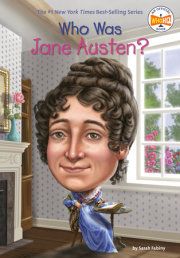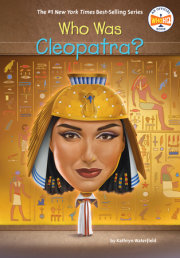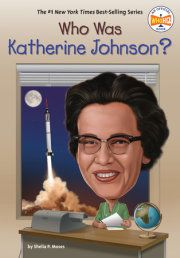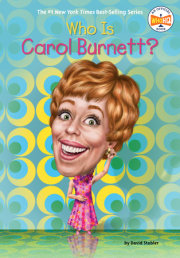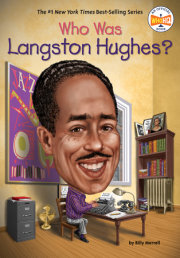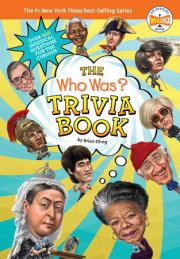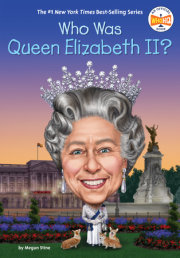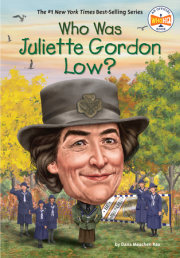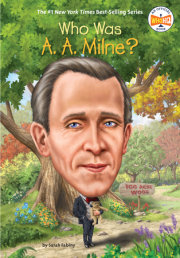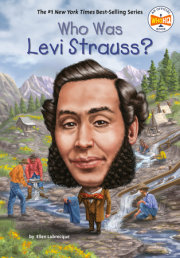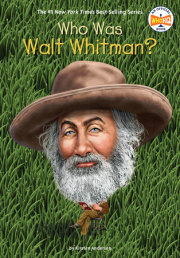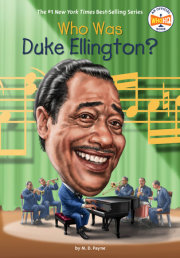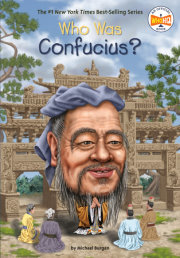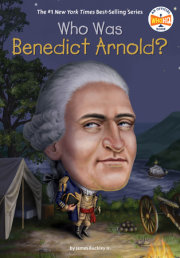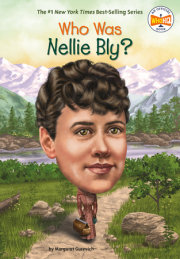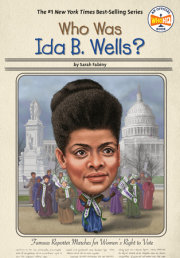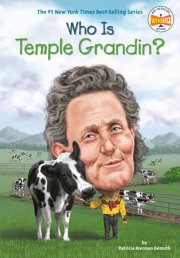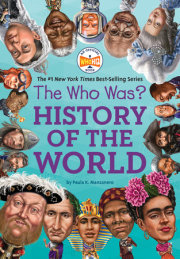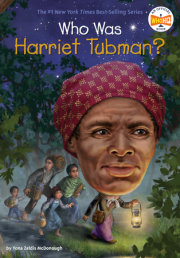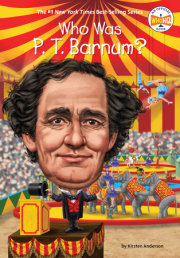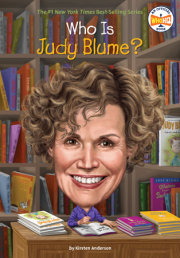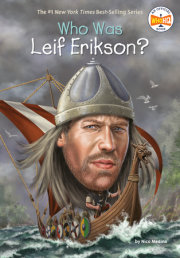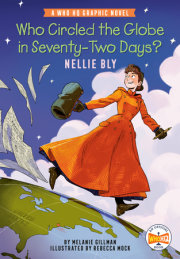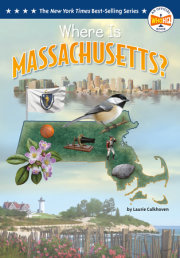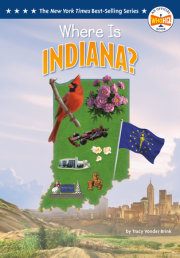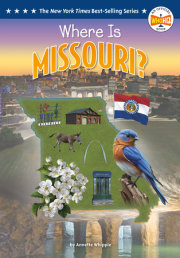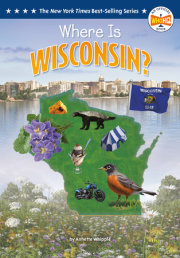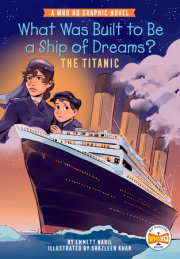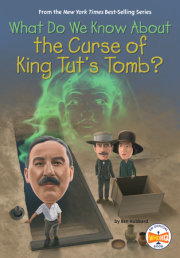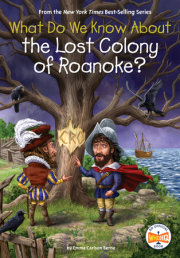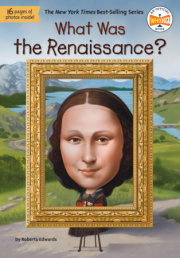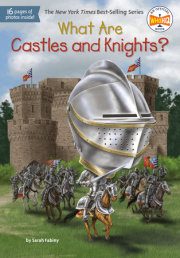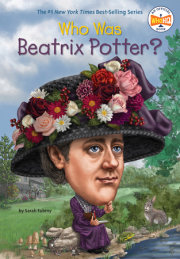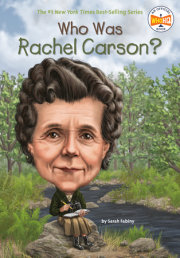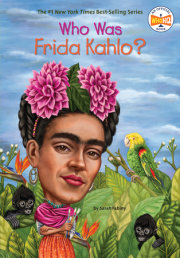Who Was Jane Austen?
Every year,
People magazine publishes a special issue. The magazine focuses on the twenty-five most interesting people of the year. In 1995, their list included President Bill Clinton; Brad Pitt, one of the world’s most famous movie stars; Princess Diana, the “people’s princess”; and Jane Austen, the author of six best-selling books. It was not a surprise that the president of the United States would be on the list, but Jane Austen had been dead since 1817!
But in 1995, several very popular TV miniseries and movies based on her books had premiered. Why would books that were published so long ago be so popular two hundred years later? Perhaps it was because Jane Austen’s characters were smart, funny, and very entertaining—even into the twentieth and twenty-first centuries. Readers in the 1800s felt a connection to the people in her books. And people today still feel as if they know her characters personally.
Jane Austen created books about regular people and their everyday struggles and triumphs. She proved that ordinary characters and the drama of their daily lives could sometimes make the most interesting stories.
Chapter 1: Off to School Reverend George Austen looked after the parish in Steventon, a small village about fifty miles west of London. He and his wife, Cassandra, had expected their seventh child to be born in November. But the baby did not arrive until December 16, 1775. They named her Jane
. In the south of England, the winter of 1775 was very cold and snowy. The harsh weather kept the Austen children inside. But Jane’s siblings—James, George, Edward, Henry, Cassandra, and Francis—were happy to have another baby to play with. And the Austens were pleased that Cassandra, who was almost three years old, now had a sister.
Once spring arrived in Steventon, Jane was sent to live with a foster family in the village. Sending a baby to live with another family might sound strange, but this was common at the time. All of Jane’s brothers and sisters had also gone to live with other families when they were young. Jane’s parents felt it would be easier for their youngest children to return home when they were older, especially since the house was already very crowded.
Reverend Austen also used the family home—which was called a rectory—as a school. He tutored students to earn money to support his family. From August to December and February to June, the Austens had students living with them. Reverend Austen taught them Latin, Greek, geography, and science. The students, who were all boys, slept in the attic rooms at the top of the house. Jane’s father also raised cows, sheep, and chickens to bring in extra money to support his growing family.
By the time Jane was three years old, she was once again living with her family, and her younger brother, Charles, had been born. In 1779, Thomas Knight, a wealthy cousin, visited the Austen family with his wife, Catherine. The Knights were charmed by Jane’s brother Edward, who was twelve at the time. The couple asked if Edward could join them on their travels. And in 1783, the Knights officially adopted Edward, who became the heir to their large fortune. That meant that someday he would inherit the Knights’ money and their property.
The Austens’ house was crowded and noisy. But although they did not have a lot of money, it was a happy, comfortable place. The library was filled with Reverend Austen’s books, and Jane spent a lot of time reading there. The family also read out loud to one another. And Jane’s parents encouraged their children and Reverend Austen’s students to write and to put on skits—short performances for their own entertainment.
At the time, it was not common to send girls to school. Most people thought that was a waste of time and money. Girls learned to sew, sing, and play music. They were expected to focus on having good manners, getting married, and preparing to be good wives when they grew up. But Jane’s older sister, Cassandra, was sent to a boarding school in Oxford in the spring of 1783 when she was ten years old. Jane and her older sister had become very good friends, and Jane begged her parents to let her go to boarding school as well.
Soon after the girls arrived, Mrs. Cawley, who ran the school, moved it to Southampton, a town on the south coast of England. Although Jane—who was now seven years old—was with Cassandra, she hated the school. She found it too serious and stern compared to the school her father ran in their home back in Steventon. Jane also missed the freedom she had in the countryside.
Southampton was a busy port city at the time. Many soldiers returning from their duties overseas landed there. Some of these soldiers came home with typhoid fever—a dangerous infection. The disease spread quickly through the city, and both Cassandra and Jane became very sick. Mrs. Cawley did not tell Reverend and Mrs. Austen that their daughters were ill.
But the girls’ cousin Jane Cooper also attended the same school. She wrote her mother a letter saying that Jane and Cassandra had typhoid fever. As soon as the Austens heard the news, Mrs. Austen rushed to Southampton. She cared for her daughters until they were well enough to return home.
Jane and Cassandra spent the next year at home studying with Reverend Austen. Their father let the girls read any of the almost five hundred books in his library. Jane read plays, classic poetry, and humorous novels.
In 1785, the Austens decided to send their daughters back to school. They wanted them to continue their education at the Abbey School in Reading. Again, their cousin Jane Cooper joined them. The school had a good reputation, and the Austen sisters and their cousin were happy there. The girls had classes in the morning and their afternoons were free.
But it was getting difficult to pay the tuition. The Austens decided to bring Jane and Cassandra back home.
That would be the last time Jane Austen set foot in a school. Her formal education had ended, and she was just eleven years old. Jane would never spend much time away from her family again.
Copyright © 2017 by Sarah Fabiny. All rights reserved. No part of this excerpt may be reproduced or reprinted without permission in writing from the publisher.

